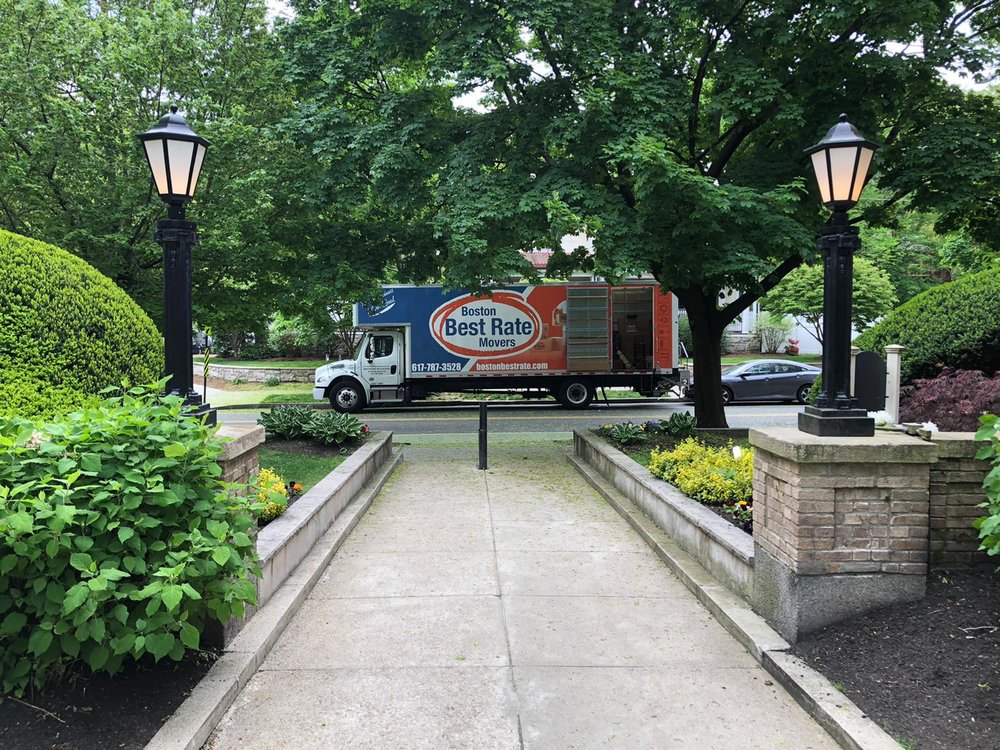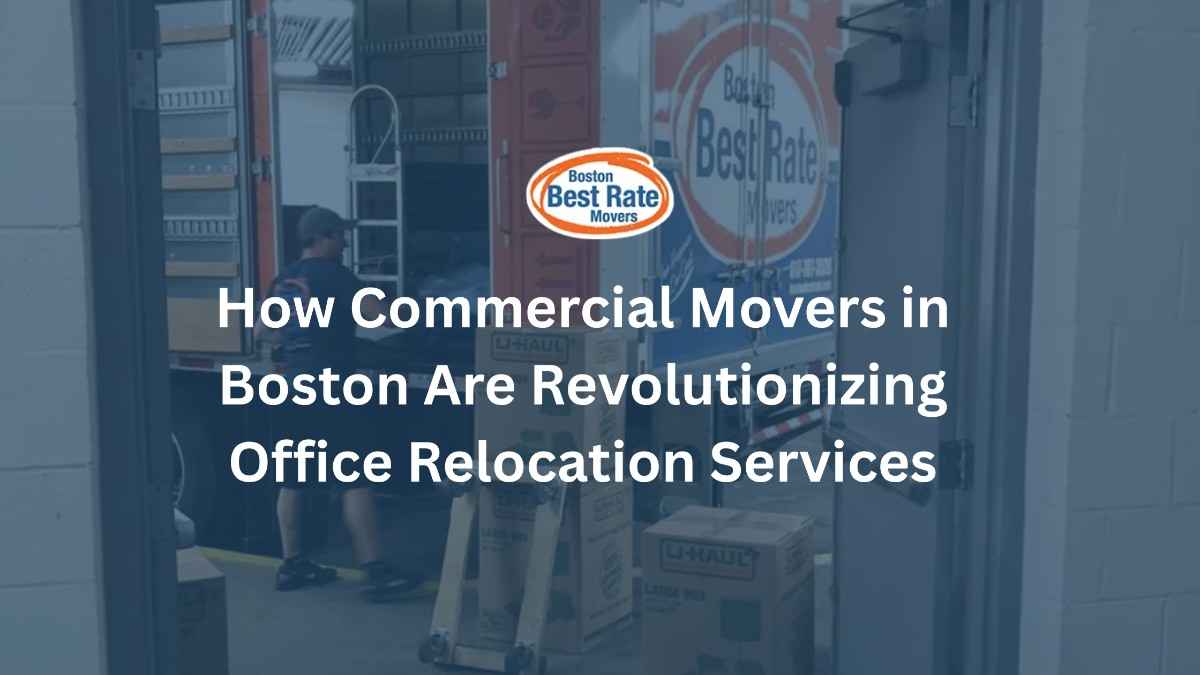How to Safely and Efficiently Move Your Appliances in Boston: A Professional Guide
Moving appliances can be a tough job, especially in a busy city like Boston. Whether you are moving to a new apartment or just rearranging your current home, knowing how to safely move your appliances is key. In this guide, we will share practical tips and best practices to make sure your appliances are moved efficiently without any damage.
Preparing for the Move
Before you dive into moving your appliances, it's important to prepare properly. This preparation includes gathering the right tools and planning how the move will be executed.
Start by measuring both your appliances and the pathways they will traverse, including doorways and hallways. For example, a standard refrigerator can be around 30 to 36 inches wide, so make sure your door frames can accommodate this size. By measuring in advance, you can avoid any last-minute surprises that could disrupt the moving process.
Next, gather the essential tools for the job. You will need:
- A moving dolly
- Straps for securing appliances
- Moving blankets or padding to protect surfaces
- Tape and markers for labeling
Having these items ready will make your move go much smoother.
Disconnecting Appliances Safely
Once you have prepared, it’s time to disconnect each appliance safely. This step is especially important for larger appliances that rely on electricity or water connections.
Refrigerators
Start by unplugging your refrigerator and removing all food items. It is crucial to clean the interior before moving. If your fridge has a water line, turn off the water supply, disconnect the line, and drain any water left in the system. Ideally, do this at least 24 hours before your move to allow the appliance to defrost completely.
Washers and Dryers
For washing machines, unplug them and disconnect the hoses. Drain the hoses fully to avoid any water spills during transit. In fact, having a towel handy can help soak up any remaining water. For dryers, don't forget to detach the duct and clear out any lint.
Ovens and Stoves
When moving ovens, disconnect them from the power source first. For gas ovens, it is essential to shut off the gas supply and carefully disconnect the hose. If you are unsure about any gas-related tasks, it’s often best to have a professional handle these connections to avoid any potential hazards.
Packing Appliances for the Move
After disconnecting your appliances, pack them properly to ensure they are protected during transport. Use blankets or padding to safeguard against scratches or other damages.
Wrapping Each Appliance
Wrap each appliance using moving blankets. Make sure to cover all exposed surfaces and securely hold these blankets in place using tape or straps. Adding bubble wrap around fragile components, such as glass doors on ovens, can provide an extra layer of protection.
Securing Doors and Drawers
Take an extra step to secure moving parts like doors and drawers. Use tape or stretch film to keep these elements secured during the move. This simple measure can help prevent damage caused by doors swinging open unexpectedly.
Using a Moving Dolly
For larger appliances, a moving dolly can be a lifesaver. This tool not only helps lift and move heavy items but also reduces the risk of injury.
How to Use a Moving Dolly
- Position the Dolly: Tilt the appliance slightly backward, then slide the dolly beneath it.
- Secure It: Use straps to secure the appliance to the dolly, preventing any movement during transport.
- Move Carefully: Keep the dolly tilted backward for better balance as you move. Take small, steady steps, especially when navigating stairs or uneven surfaces.
Always have a partner assist when moving heavy or awkward items.
Transporting Appliances
Once securely packed, it’s time to transport your appliances. Although this might sound simple, it’s crucial to be cautious during the drive.
Driving Safely in Boston
Boston's unique urban landscape poses its own set of challenges for moving. Here are some tips for ensuring your appliances arrive safely:
- Secure Loads: Ensure all items in the truck are secured tightly to prevent shifting.
- Drive Slowly: Stick to a slower speed while driving to avoid sudden stops or sharp turns.
- Plan Your Route: Choose a route that avoids construction zones or busy areas to minimize complications.
By planning your driving route ahead of time, you can make your moving experience even smoother.
Unloading and Setting Up
Now that your appliances have arrived, it's time to unload and set them up in your new space.
Unloading the Truck
While unloading, position the dolly carefully and move appliances slowly. Make sure one person guides the appliance while another handles the dolly to prevent accidents.
Setting Up Your Appliances
- Positioning: Once in place, check that your appliances are level.
- Reconnecting: Start by reconnecting refrigerators and washing machines in reverse order from how you disconnected them.
- Testing: After everything is reconnected, test each appliance to confirm it’s working properly.
Hiring Boston Movers
While self-moving is an option, hiring professional Boston movers can greatly simplify the process. They bring the skills and equipment needed to move heavy and bulky items safely.
Benefits of Hiring Professionals
- Experience: Professional movers know how to handle appliances safely, minimizing the risk of damage.
- Proper Equipment: They come equipped with specialized tools like appliance dollies and protective padding.
- Efficiency: Hiring professionals can save you time, ensuring your appliances are set up quickly.
Final Thoughts
Moving appliances in Boston can be straightforward if you have the proper preparation, tools, and possibly the assistance of professional movers. By following these tips, you will protect your valuable appliances and ease the stress of moving.
Always remember, if you're handling heavy items on your own, prioritize safety and do not hesitate to ask for help. Enjoy your new space and happy moving!



.jpg)



